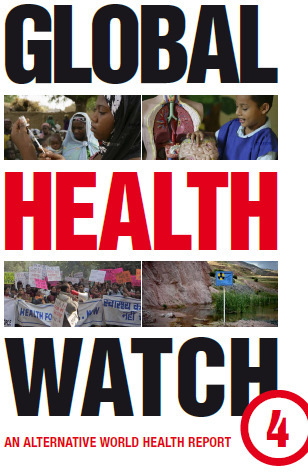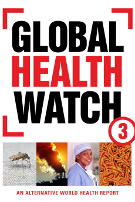EB130 : WHO Secretariat's report on progress towards achieving the MDGs
The report notes that, while substantial progress had been made, large gaps persist between and within countries. The proportion of malnourished children has decreased and the world is on track but with significant differences between countries. The global rate of decline of under-5 mortality has increased, even more than doubled in the African Region. Nevertheless, this region is unlikely to achieve the target of a 2/3th reduction. Neonatal mortality has declined more slowly than child mortality overall and progress has been uneven. Immunization coverage has increased but still nearly 20% of deaths in children under-5 are could have been prevented by vaccines.
Although the reduction in maternal deaths has been noteworthy, the rate of decline is less than half of what is necessary to achieve the MDG target 5.A (reducing MMR by ¾). More than a third of the countries with the highest maternal mortality ratio have made insufficient or no progress. Only 50% of pregnant women in developing countries receive the recommended minimum of four antenatal care visits and less than 50% of births in Africa are attended by skilled personnel.
As for HIV/AIDS, malaria and TB: all regions have experienced a decrease in malaria burden and the global number of new TB cases has been slowly falling since 2006. While all WHOs regions are on track to achieve Target 6.C in terms of TB incidence, multidrug-resistant TB continues to pose problems. The report notes that the global HIV epidemic appears to have stabilized. Africa still bears 68% of the global burden. Despite more people being treated, a serious gap remains: an estimated 9 million people eligible for treatment did not have access in 2010.
With regard to basic sanitation, 70% of people not using improved sanitation facilities live in rural areas. The number of people in urban areas without improved sanitation is also increasing however, because of rapid growth in urban populations. Finally, although nearly all countries publish an essential medicines list, the availability of medicines at public health facilities is often poor. The availability of medicines for treatment of chronic, noncommunicable diseases is particularly poor; forcing patients to resort to the private sector, where generic medicines cost on average 610% more than their international reference price.
- Login to post comments




